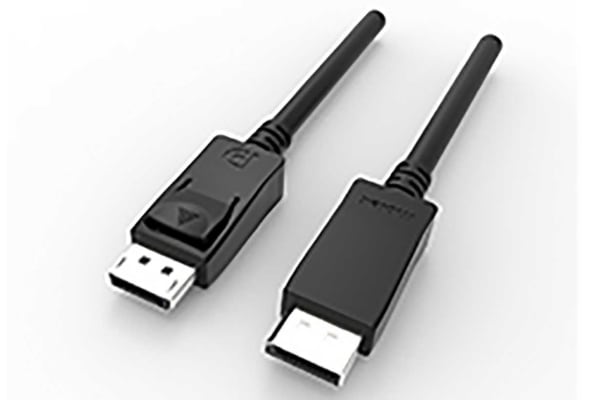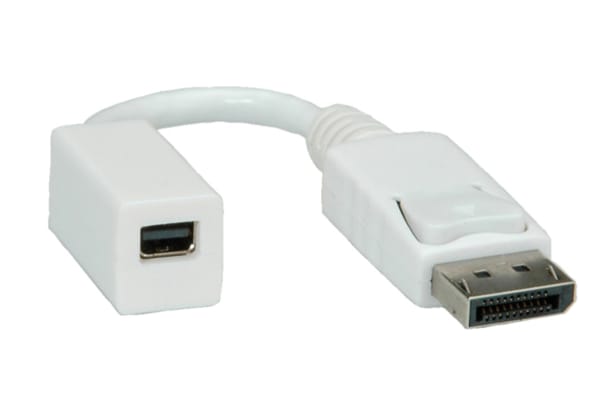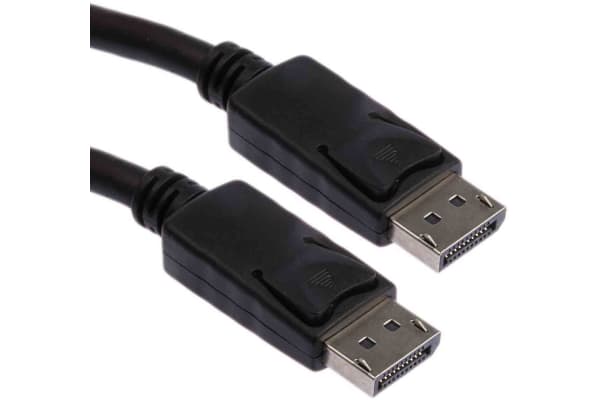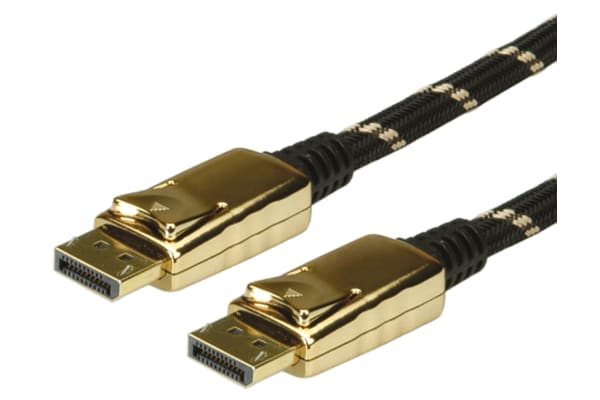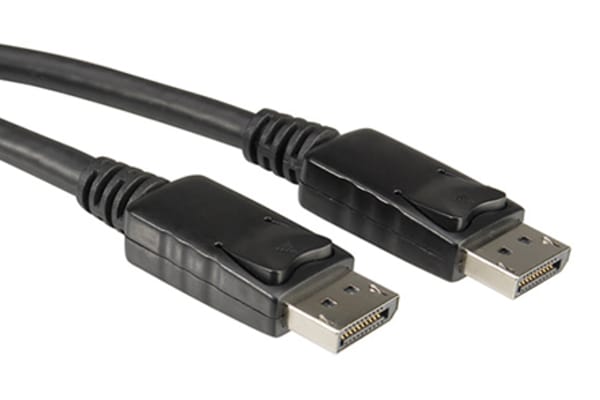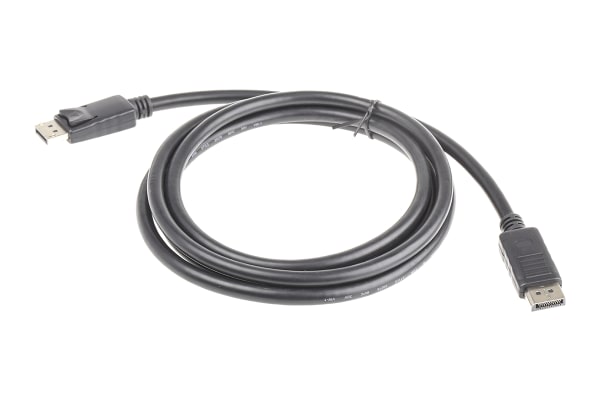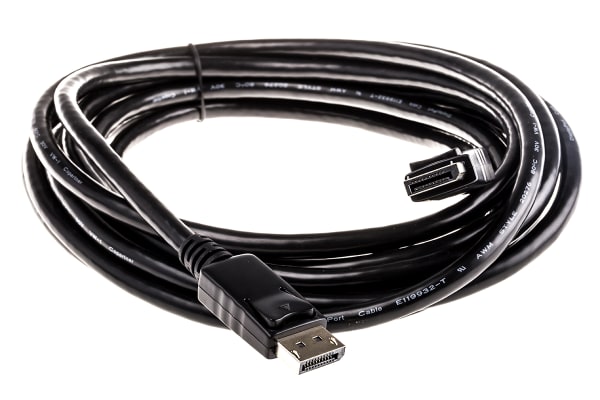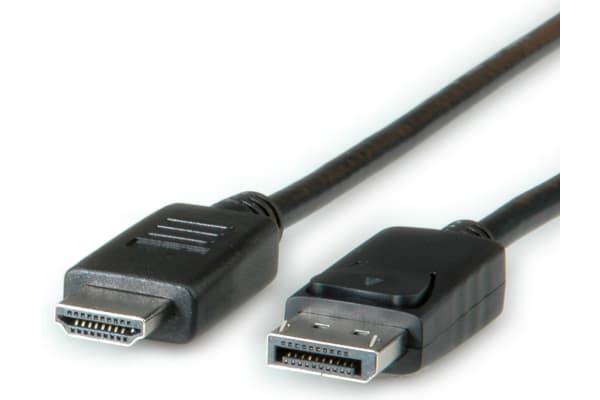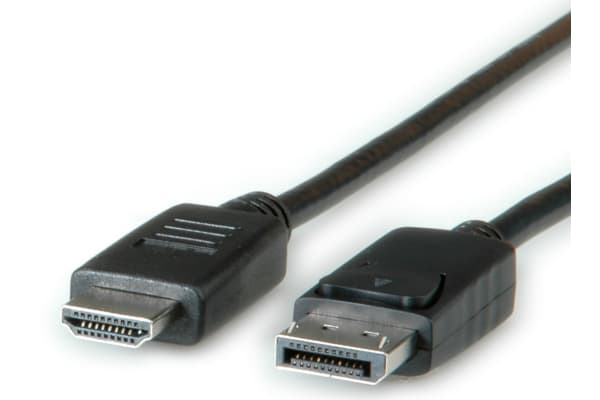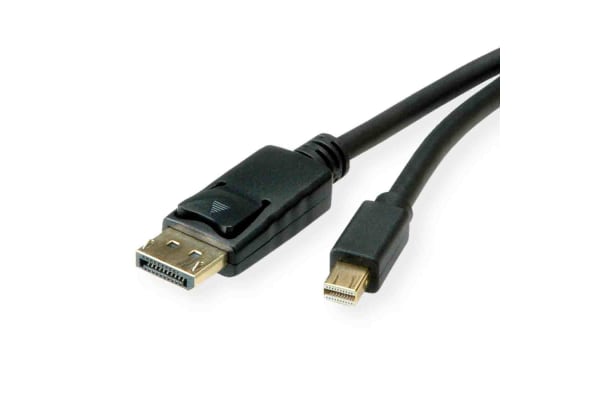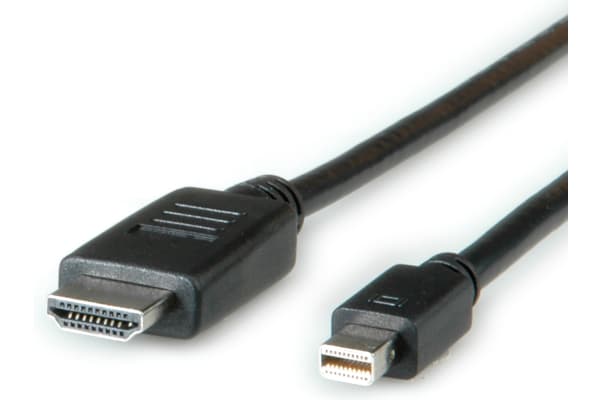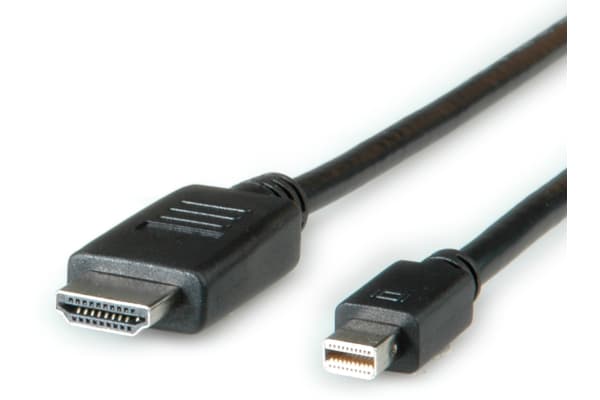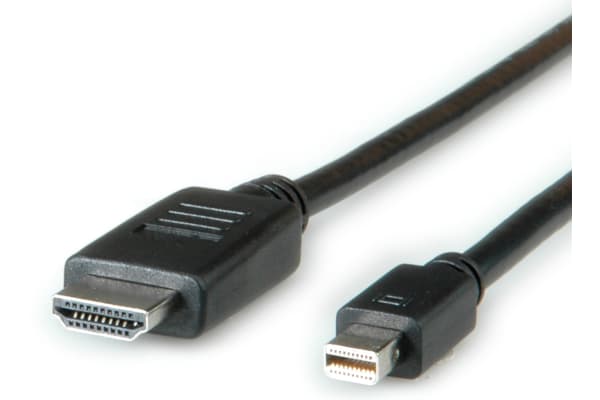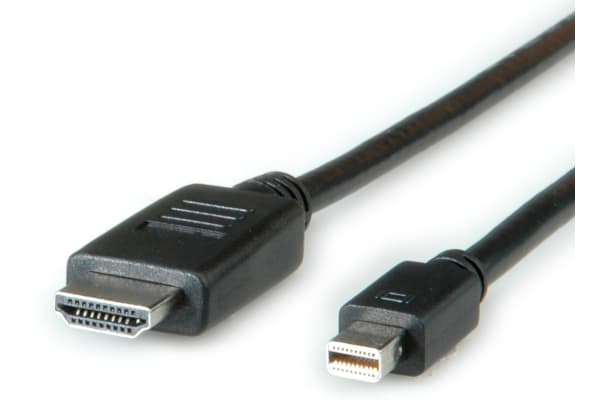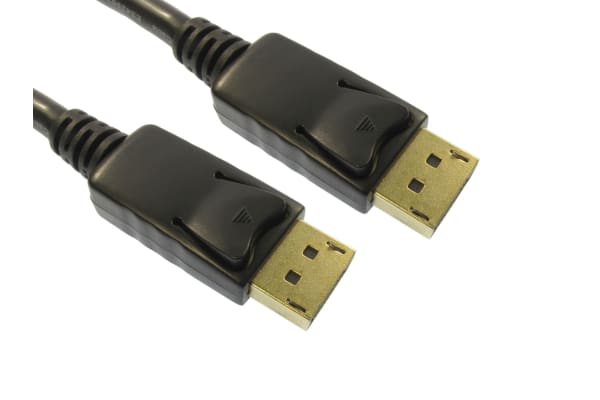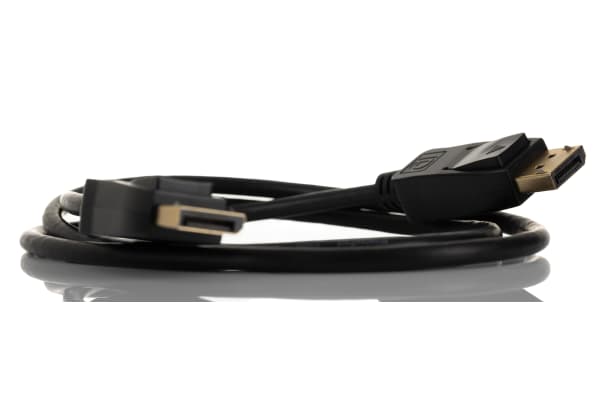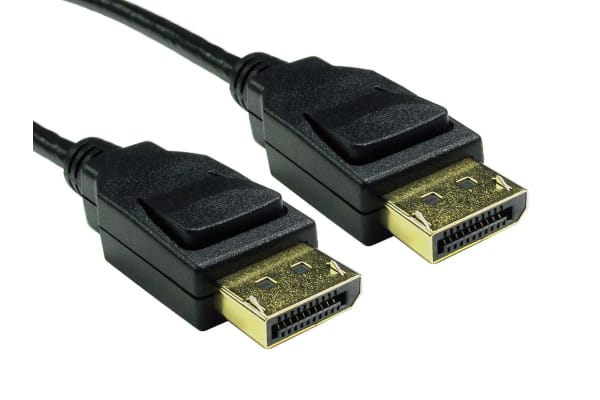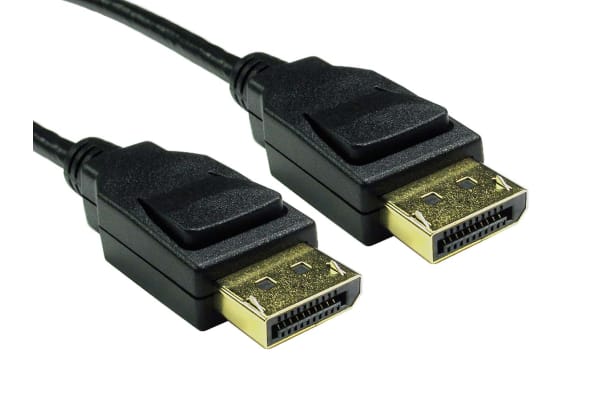DisplayPort Cables
Displayport cables are used for audio/video connectivity. The cable is commonly used between a computer and monitor/displays. A display port is always male on the cable and female on the device. All DP cables have the same basic layout and wiring and will support any feature including audio, daisy-chaining, HDR and DSC. You can learn more in our complete guide to DisplayPort cables.How are DisplayPort Cables Classified?DisplayPort cables are classified only by their bandwidth certification level:RSR (Reduced Bit Rate), RBR DisplayPort Cable – Bandwidth 6.48 Gbit/sHBR (High Bit Rate), Standard DisplayPort Cable – Bandwidth 10.80 Gbit/sHBRS (High Bit Rate 2), Standard DisplayPort Cable – Bandwidth 21.60 Gbit/sHBR3 (High Bit Rate 3), DP8K Cable – Bandwidth 32.40 Gbit/sBefore choosing the cable, you will need to consider the connector type on each end of the cable and also the cable length.Types of DisplayPortStandard – about the size of a USB connector, commonly used on DisplayPort-enabled PC monitors.Mini – commonly used for the DisplayPort output on notebook PCs including Apple products which includes Thunderbolt (widely used on Apple products).Benefits of DisplayPort and Their UsesDisplayPort cables are used with a range of devices including tablets, notebooks, desktop computers, monitors and televisions and include benefits such as:High display performanceRobustness and versatilityHighest level of system integrationAbility to connect multiple displays to a single video outputHow is DisplayPort different from HDMIHDMI was made primarily for home entertainment systems and is used widely on HDTVs as an AV interface. Some PCs and monitors include HDMI to enable connectivity with HDTVs. However, for really high resolutions and frame rates, other options might be better e.g. DisplayPort.DisplayPort is a newer standard originally developed to support the higher performance requirements of personal computers, enabling an increase in performance and integration. It provides a more robust and stable AV link. DisplayPort can deliver 4K video over a length up to 2m using a passive cable. A 15m passive cable limits resolution to 1080p and it should manage up to 2560 x 1600 – pixel resolution over 5m.
-
Molex Male DisplayPort to Male Mini DisplayPort Display Port Cable, 2m
VND410,509.26 -
Roline Male DisplayPort to Female Mini DisplayPort Display Port Cable, 150mm
VND310,497.32 -
Roline Male DisplayPort to Male DisplayPort Display Port Cable, 10m
VND2,150,675.17 -
Roline Male DisplayPort to Male DisplayPort Display Port Cable, 1m
VND665,769.86 -
Roline Male DisplayPort to Male DisplayPort Display Port Cable, 1m
VND393,143.17 -
Roline Male DisplayPort to Male DisplayPort Display Port Cable, 2m
VND818,089.30 -
Roline Male DisplayPort to Male DisplayPort Display Port Cable, 3m
VND681,462.11 -
Roline Male DisplayPort to Male DisplayPort Display Port Cable, 3m
VND874,999.86 -
Roline Male DisplayPort to Male DisplayPort Display Port Cable, 5m
VND1,004,722.46 -
Roline Male DisplayPort to Male HDMI Display Port Cable, 1m
VND893,830.56 -
Roline Male DisplayPort to Male HDMI Display Port Cable, 2m
VND1,986,220.39 -
Roline Male DisplayPort to Male HDMI Display Port Cable, 2m
VND1,204,537.11 -
Roline Male DisplayPort to Male HDMI Display Port Cable, 3m
VND2,149,419.79 -
Roline Male DisplayPort to Male HDMI Display Port Cable, 3m
VND1,081,509.87 -
Roline Male Mini DisplayPort to Male DisplayPort Display Port Cable, 1m
VND360,503.29 -
Roline Male Mini DisplayPort to Male HDMI Display Port Cable, 2m
VND1,496,831.42 -
Roline Male Mini DisplayPort to Male HDMI Display Port Cable, 2m
VND941,116.54 -
Roline Male Mini DisplayPort to Male HDMI Display Port Cable, 3m
VND1,621,323.27 -
Roline Male Mini DisplayPort to Male HDMI Display Port Cable, 3m
VND797,584.76 -
RS PRO Male DisplayPort to Male DisplayPort Display Port Cable, 2m
VND995,725.57 -
RS PRO Male DisplayPort to Male DisplayPort Display Port Cable, 4K, 500mm
VND221,993.03 -
RS PRO Male DisplayPort to Male DisplayPort Display Port Cable, 5m
VND1,351,625.80 -
RS PRO Male DisplayPort to Male DisplayPort Display Port Cable, 8K, 1m
VND215,925.36 -
RS PRO Male DisplayPort to Male DisplayPort Display Port Cable, 8K, 2m
VND328,909.56



